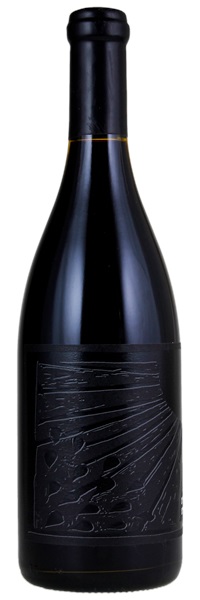
Image above is an example. To view the image of the lot, click the item number.
Estimate
...blueberries, wild strawberries, licorice, new leather, herbes de Provence, and candied violets...full-bodied, with an incredible sense of purity and elegance, flawless balance, and a huge finish.
...ripe blueberry, cherry compote, potpourri, candied licorice and exotic spices, and a smoky mineral nuance... Sweet...lavender pastille, cola and spice-cake flavors show outstanding depth as well as energy...finishes extremely long, sappy and precise, with polished, well-knit tannins emerging slowly.
It has an intense, alluring perfume with loads of layers, its warm tricolored fruits laced with notes of aniseed, coffee, earth and blue flowers. The palate offers explosive flavors with surprising lift and freshness, silky in texture and finishing very long, layered and spiced.
Offers rich and expressive black cherry and blueberry flavors that draw in accents of crushed stone, garrigue and fruitcake spices. The finish glides at length toward refined tannins.